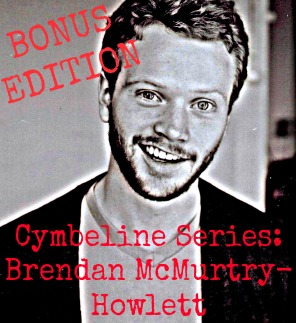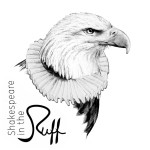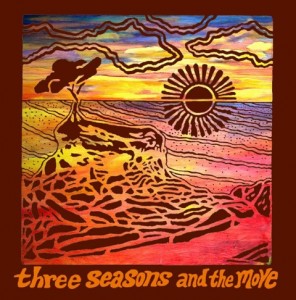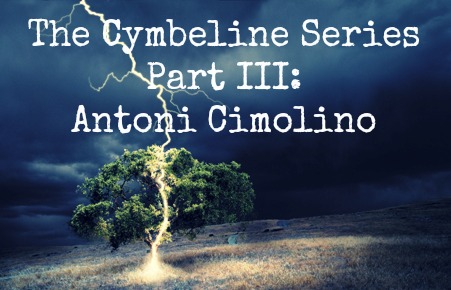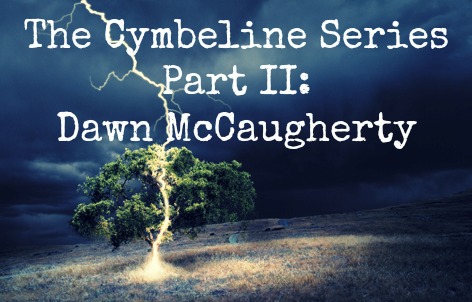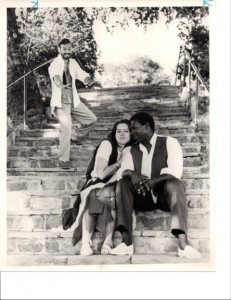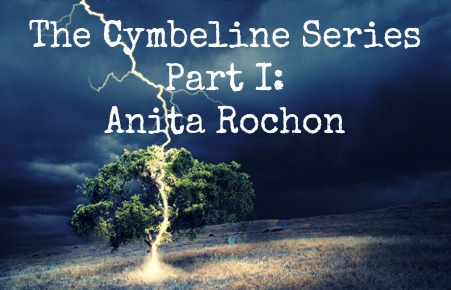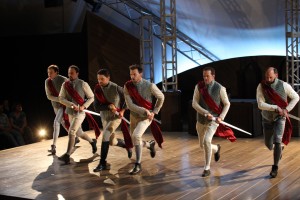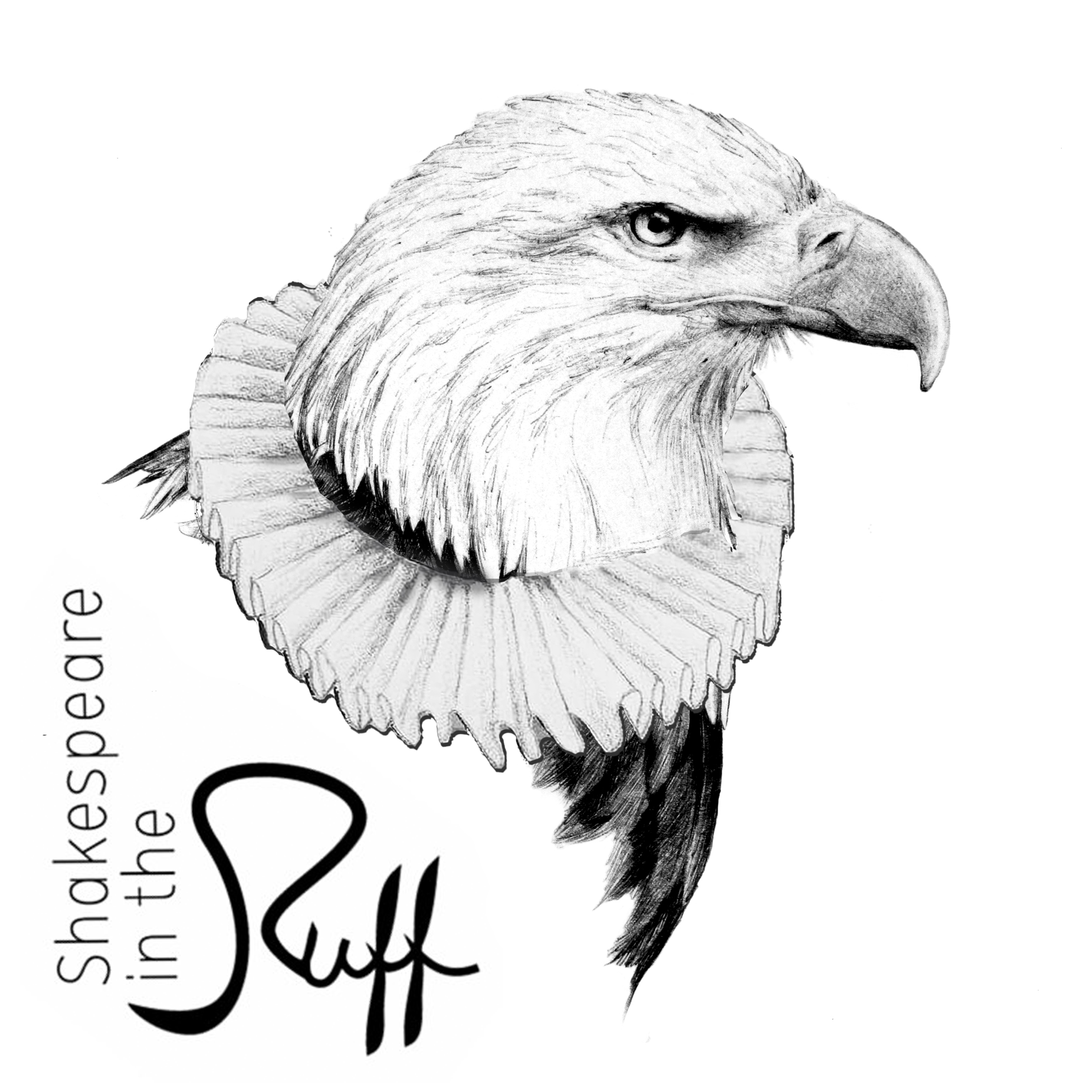There’s no getting around it: Cymbeline is an odd play. The plot is labyrinthine, even by Shakespearean standards, with at least three intertwined stories; texture and mood seem to change with the wind. It’s also a bit of a hodge-podge, containing , as Jonathan Bate of Oxford has noted, an “array of favourite Shakespearian motifs: the cross-dressed heroine, the move from court to country, obsessive sexual jealousy, malicious Machiavellian plotting, the interrogation of Roman values.” It’s as though Shakespeare, nearing the end of his career, put every possible dramatic ingredient into the pot, and stirred.
But there is another reason, often overlooked, for putting Cymbeline in a class by itself. The play might – depending on one’s interpretation – offer a glimpse into the changing world-view that was underway when it was created. More specifically, it may allude to one of the most important scientific developments in history, one that unfolded in a northern Italian university town in the months before Cymbeline was written.
Looking Up
People have been gazing at the night sky since the dawn of humankind, but until the early 17th century, they had only their own eyes to provide the image. But in the autumn of 1609, a new optical device, invented in Holland, found its way into the hands of an ambitious Italian mathematician, Galileo Galilei. Before long, Galileo had improved on the original Dutch invention. From his workshop in Padua, Galileo turned this novelty into a scientific instrument.

Moon drawings from Galileo
Galileo aimed his telescope at the night sky – and was amazed at what he saw. He found the moon to be covered with mountains and craters, contrary to the established teachings of the day. His telescope revealed thousands of stars, too dim to be seen with the unaided eye. But the biggest surprise came when he peered at Jupiter: Alongside the planet he observed “three starlets – small indeed, but very bright.” Observing in “amazement” over several nights, he concluded that there were in fact four of these objects – “four wanderers [which] complete their revolution about Jupiter.” We now call them the “Galilean moons” after their discoverer.
Galileo described his discoveries in a slim book called Siderius Nuncius (The Starry Messenger), published in Venice in March of 1610. Although written in Latin, anyone could grasp the message: Here was a blow-by-blow account of the wonders of the night sky revealed by Galileo’s telescope, sights “never seen from the creation of the world up to our own time.” It was an instant bestseller.
It had been nearly 70 years since Copernicus had published his theory that the earth moves around the sun, rather than vice-versa – but it was a highly abstract, mathematical work, and few took notice at the time. But Galileo’s telescopic discoveries finally seemed to give Copernicus his due: Everything he saw through the telescope seemed to accord with the Copernican model of the universe. Jupiter, for example, behaved like a miniature solar system: If Jupiter had moons of its own, how could anyone say that the Earth was the centre of the universe?
The usual view is that these discoveries, announced in the spring of 1610, come too late to have had much of an impact on Shakespeare’s work. But perhaps we shouldn’t be so hasty. Shakespeare was not quite ready to retire in 1610: He would write at least two more plays on his own, plus a few more with collaborators. It is among these final plays that we find Cymbeline.
The Symbols in Cymbeline
Don’t feel bad if you haven’t encountered Cymbeline yet: Since my book The Science of Shakespeare came out this spring, I’ve been asking audiences, by show of hands, who has either read or seen the play; only rarely does a hand go up. (Those of you in the Toronto area should definitely catch Shakespeare in the Ruff’s production this summer!) Let me summarize just one of the play’s three parallel plots: King Cymbeline is angry because his daughter, Imogen, has secretly married a commoner named Posthumus Leonatus. Cymbeline banishes Posthumus, who heads for Rome; there, he argues with an Italian nobleman named Jachimo over which of their native countries has the most faithful women. Jachimo wagers that when he travels to England, he will be able to seduce Imogen. (For the sake of suspense, I won’t reveal just how far he gets.)
There is much more to the play, of course, but let’s skip ahead to Act 5: Posthumus, having been convinced of Imogen’s infidelity, orders her killed; later he learns of her innocence, but mistakenly thinks his orders have been carried out. He had been travelling with the Roman army, but now switches sides and fights valiantly for Britain; the Roman forces are defeated. Believing Imogen dead, however, he yearns for his own death, and puts on Roman garb to hasten his demise. Instead, he is taken prisoner. While in jail, something very peculiar happens.
In Scene 4, we find Posthumus in his prison cell, where he collapses in slumber. He then has a dream involving the ghosts of four dead family members – relatives who he never knew in life. The spirits are those of his mother, father, and two brothers. As he lies in a daze, the ghosts move around him in a circle. (The stage direction says, They circle Posthumus round as he lies sleeping.) Feeling Posthumus’s anguish, they appeal to the Roman god, Jupiter, to come to his aid – and Jupiter obliges. The stage direction reads, Jupiter descends in thunder and lightning, sitting upon an eagle. He throws a thunderbolt. The ghosts fall on their knees. Jupiter chastises the ghosts, and then gives them a book, and instructs them to give it to Posthumus. When he is done, he ascends back to heaven.
Although Shakespeare’s characters often call on the gods for help, Jupiter’s appearance in Cymbeline is unique; there is nothing else like it in the entire canon. Scholars have examined the scene from various angles, but only recently have they begun to look at a possible Galileo connection. Granted, in Shakespeare’s play it’s the god Jupiter that we see, not the planet – but still, the details of the scene are compelling. Notice that we have exactly four ghosts, and that they move in a circle (why should they move at all?). Could the ghosts represent the four moons of Jupiter, newly discovered by Galileo? Certainly the timeline seems to hold up: Cymbeline is thought to date from the summer or fall of 1610 – in other words, it was written within the first few months (or at most half a year) after the publication of The Starry Messenger.
A New Look at an Old Play
About a decade ago, three scholars, working independently, hit on the idea of a Cymbeline-Galileo connection at about the same time: Scott Maisano, of the University of Massachusetts in Boston; John Pitcher, at Oxford; and a retired American astronomer named Peter Usher.
Usher is best know for his controversial (many would say far-fetched) theory of Hamlet, which he interprets the action in Shakespeare’s best-known play as an allegory about competing views of the cosmos. What he says about Cymbeline, however, is quite reasonable: Writing in the Shakespeare Newsletter, Usher summarizes the bizarre happenings of the play’s fifth act, noting the descent of Jupiter and the appearance of the ghosts: “These ghosts happen to be four in number, equal to the number of the Galilean moons.” And what about the book that Jupiter gives to Posthumus, via the ghosts? Its identity is never specified, but Usher believes we ought to see it as Galileo’s Starry Messenger.
Maisano and Pitcher agree that the appearance of Jupiter, and the unidentified book, likely allude to The Starry Messenger. Maisano describes Cymbeline as a “scientific romance” – a work that urges the reader to question his or her understanding of nature. Toward the end of the play, as the various loose ends are tied up, a startled King Cymbeline asks: “Does the world go round?” Maisano notes that this is “the only such utterance in Shakespeare’s plays,” and it just happens that this very question “was part of intellectual discussion all across Europe in 1610.”
Like Maisano, Pitcher sees Cymbeline as Shakespeare’s attempt to come to grips with a changing world, a universe opened wide by the scientific discoveries of the day (an idea he discusses at length in the Introduction to the recent Penguin edition of the play). The transformation began with Copernicus writing about the revolutions in the sky; soon, Pitcher suggests, there will be revolutions of a more dangerous kind, with political and religious orders turned on their heads.
It is a rare treat to enjoy a production of Cymbeline under the stars. After the show, take a moment to glance upward: The play you have just seen might just bear witness to a dramatic turn in our conception of the universe.
—–
 Dan Falk is a science journalist based in Toronto. His most recent book is The Science of Shakespeare: A New Look at the Playwright’s Universe.
Dan Falk is a science journalist based in Toronto. His most recent book is The Science of Shakespeare: A New Look at the Playwright’s Universe.
